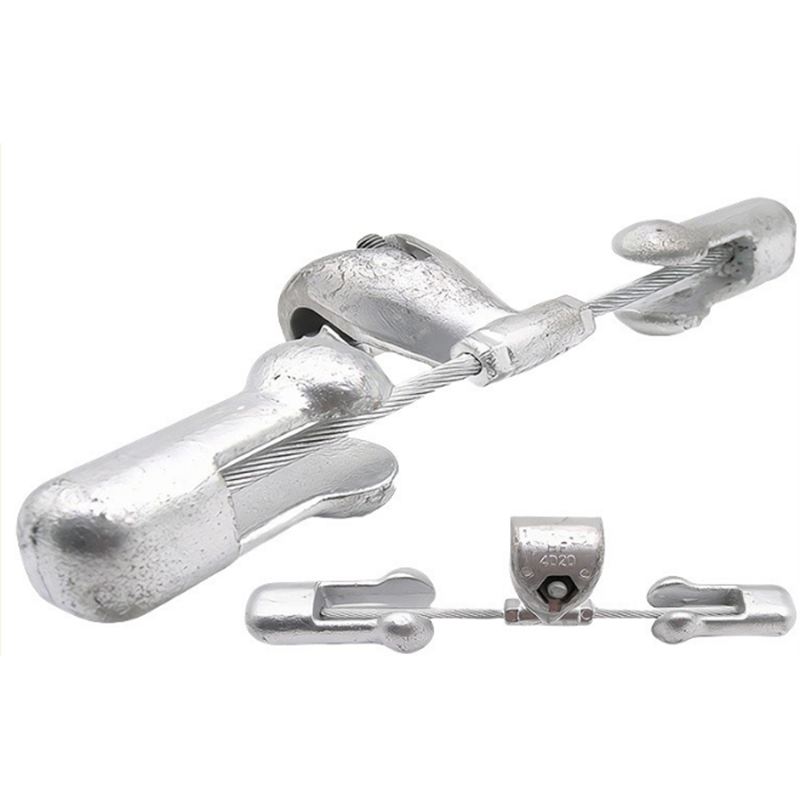- Chinese
- French
- German
- Portuguese
- Spanish
- Russian
- Japanese
- Korean
- Arabic
- Irish
- Greek
- Turkish
- Italian
- Danish
- Romanian
- Indonesian
- Czech
- Afrikaans
- Swedish
- Polish
- Basque
- Catalan
- Esperanto
- Hindi
- Lao
- Albanian
- Amharic
- Armenian
- Azerbaijani
- Belarusian
- Bengali
- Bosnian
- Bulgarian
- Cebuano
- Chichewa
- Corsican
- Croatian
- Dutch
- Estonian
- Filipino
- Finnish
- Frisian
- Galician
- Georgian
- Gujarati
- Haitian
- Hausa
- Hawaiian
- Hebrew
- Hmong
- Hungarian
- Icelandic
- Igbo
- Javanese
- Kannada
- Kazakh
- Khmer
- Kurdish
- Kyrgyz
- Latin
- Latvian
- Lithuanian
- Luxembou..
- Macedonian
- Malagasy
- Malay
- Malayalam
- Maltese
- Maori
- Marathi
- Mongolian
- Burmese
- Nepali
- Norwegian
- Pashto
- Persian
- Punjabi
- Serbian
- Sesotho
- Sinhala
- Slovak
- Slovenian
- Somali
- Samoan
- Scots Gaelic
- Shona
- Sindhi
- Sundanese
- Swahili
- Tajik
- Tamil
- Telugu
- Thai
- Ukrainian
- Urdu
- Uzbek
- Vietnamese
- Welsh
- Xhosa
- Yiddish
- Yoruba
- Zulu
- Kinyarwanda
- Tatar
- Oriya
- Turkmen
- Uyghur

Detailed introduction of rivet nuts
2025-04-18
Structure and Type
Structure: Rivet nuts are usually composed of a head and a threaded rod, with the head having various shapes such as hexagonal, circular, etc., and the threaded rod having internal threads. There is a hole on one side of the nut for inserting a rivet gun rivet. When the rivet gun applies tension to the rivet, the rivet will cause the tail of the nut to expand, thereby fastening the nut to the connected part.
Type: According to the material, it can be divided into carbon steel rivet nuts, stainless steel rivet nuts, aluminum alloy rivet nuts, etc; According to shape, it can be divided into hexagonal rivet nuts, round head rivet nuts, flat head rivet nuts, etc; According to their purposes, they can also be divided into ordinary rivet nuts, waterproof rivet nuts, high-strength rivet nuts, etc.
Working principle
The working principle of rivet nuts is based on the riveting process. Place the rivet nut into the pre machined installation hole on the connected part, then insert the rivet of the rivet gun into the hole of the rivet nut, start the rivet gun, and the rivet gun will apply tension to the rivet, causing the tail of the rivet to deform and expand, thereby firmly fixing the rivet nut on the connected part, forming a reliable connection point, and achieving a tight connection between the connected parts.

Application Fields
Automobile manufacturing: used for connecting and fixing car bodies, interior parts, engine components, etc., such as installing car seats and fixing instrument panels.
Aerospace: Widely used in the connection of aircraft structural components, installation of electronic equipment, etc., it can meet the high requirements for component connection strength and reliability in the aerospace field.
Electronic devices: commonly used for shell assembly, circuit board fixation, etc. of electronic devices, such as internal structural connections of electronic products such as laptops and mobile phones.
Architectural decoration: used in the installation of building curtain walls, doors and windows, interior decoration, etc., to fix various components and fittings on the substrate, such as metal frames for fixing curtain walls, hinges for installing doors and windows, etc.
Furniture manufacturing: can be used for the assembly of furniture, such as fixing table legs, chair backs, and other components to furniture frames to provide secure connections.

Advantage
Easy installation: There is no need to operate on both sides of the connected component, only one side needs to be riveted to complete the installation, especially suitable for situations where space is limited and installation can only be done from one side.
High connection strength: It can provide reliable connection strength, ensuring that the connected parts will not easily loosen or fall off during use.
Strong adaptability: It can be installed on various materials such as aluminum plates, steel plates, plastic plates, etc., and has good compatibility with different materials.
Good aesthetics: After installation, the surface is relatively flat, without leaving obvious protruding parts like some traditional connection methods, which helps to maintain the cleanliness and beauty of the product appearance.
Installation tools and steps
Installation tool: The main tool is the rivet gun. Depending on the specifications and usage scenarios of the rivet nut, there are various types to choose from, such as manual rivet gun, pneumatic rivet gun, and electric rivet gun.
Installation steps: Firstly, drill a suitable diameter installation hole on the connected component; Then, place the rivet nut into the installation hole; Next, insert the rivet into the hole of the rivet nut and fit the head of the rivet gun onto the rivet; Finally, start the rivet gun and pull the rivet to expand the tail of the rivet nut and secure it to the connected part. After installation, the excess part of the rivet can be cut off as needed.









